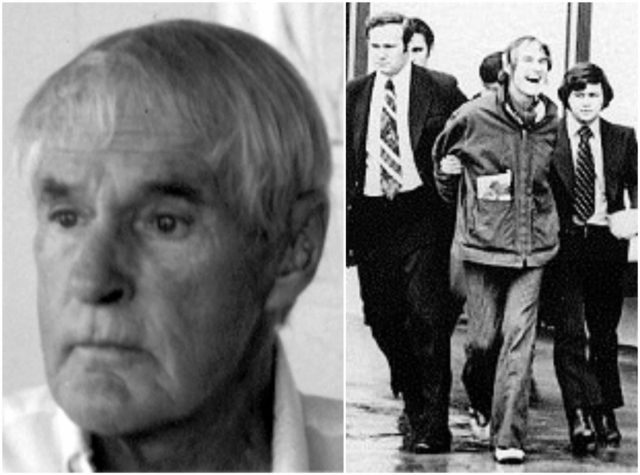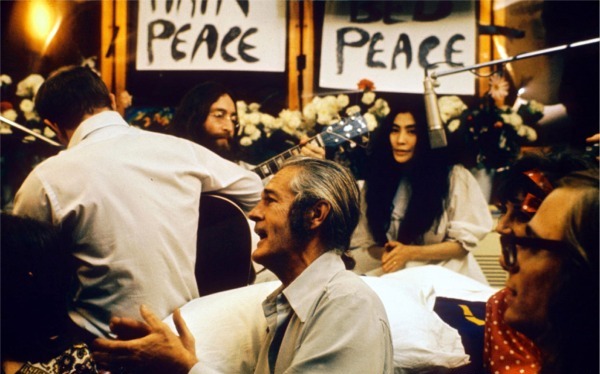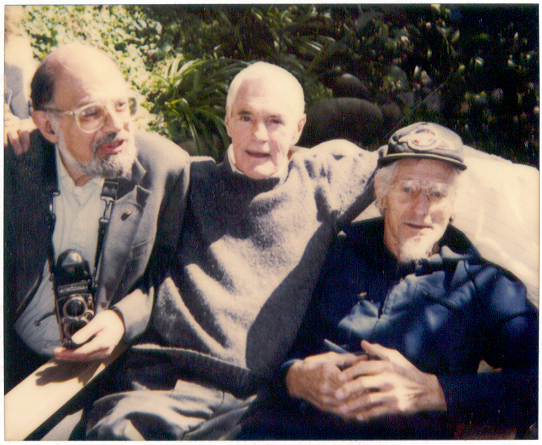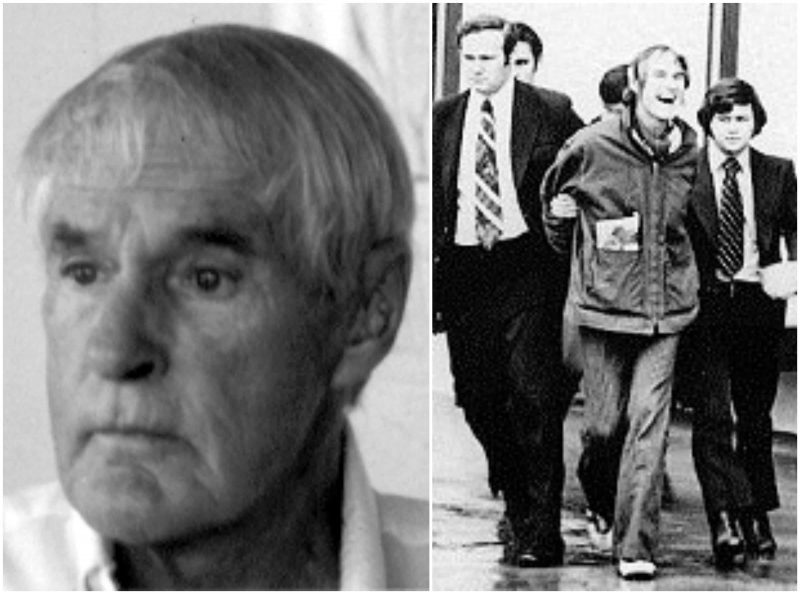Timothy Leary forged a career as a noted psychology professor and researcher before becoming a major, highly controversial, advocate of psychedelic drugs during the 1960s. He later worked in entertainment and cybernetics and published many books. During the 1960s and 1970s, he was arrested often enough (mostly on drugs charges) to see the inside of 36 different prisons worldwide. President Richard Nixon once described Leary as “the most dangerous man in America”.

Leary believed that LSD showed potential for therapeutic use in psychiatry. He used LSD himself and developed a philosophy of mind expansion and personal truth through LSD. He popularized catchphrases that promoted his philosophy, such as “turn on, tune in, drop out”, “set and setting”, and “think for yourself and question authority.” He also wrote and spoke frequently about transhumanist concepts involving space migration, intelligence increase, and life extension (SMI²LE), and developed the eight-circuit model of consciousness in his book Exo-Psychology (1977). He gave lectures, occasionally billing himself as a “performing philosopher”.

Together with his colleague Richard Alpert, Leary conducted experiments under the Harvard Psilocybin Project during American legality of LSD and psilocybin, resulting in the Concord Prison Experiment and the Marsh Chapel Experiment.
The Marsh Chapel Experiment, also called the “Good Friday Experiment,” was a 1962 experiment conducted on Good Friday at Boston University’s Marsh Chapel. Walter N. Pahnke, a graduate student in theology at Harvard Divinity School, designed the experiment under the supervision of Timothy Leary and the Harvard Psilocybin Project. Pahnke’s experiment investigated whether psilocybin (the active principle in psilocybin mushrooms) would act as a reliable entheogen in religiously predisposed subjects. Prior to the Good Friday service, graduate degree divinity student volunteers from the Boston area were randomly divided into two groups. In a double-blind experiment, half of the students received psilocybin, while a control group received a large dose of niacin. Niacin produces clear physiological changes and thus was used as an active placebo. In at least some cases, those who received the niacin initially believed they had received the psychoactive drug.

However, the feeling of face flushing (turning red, feeling hot and tingly) produced by niacin subsided over the first hour or so. Meanwhile, the effects of the psilocybin intensified over the first few hours. Almost all of the members of the experimental group reported experiencing profound religious experiences, providing empirical support for the notion that psychedelic drugs can facilitate religious experiences. One of the participants in the experiment was religious scholar Huston Smith, who would become an author of several textbooks on comparative religion. He later described his experience as “the most powerful cosmic homecoming I have ever experienced.”
In a 25-year follow-up to the experiment, all of the subjects given psilocybin described their experience as having elements of “a genuine mystical nature and characterized it as one of the high points of their spiritual life”.

The Concord Prison Experiment was designed to evaluate whether the experiences produced by the psychoactive drug psilocybin – derived from psilocybin mushrooms – combined with psychotherapy, could inspire prisoners to leave their antisocial lifestyles behind once they were released. How well it worked was to be judged by comparing the recidivism rate of subjects who received psilocybin with the average for other Concord inmates.
Records at Concord State Prison suggested that 64 percent of the 32 subjects would return to prison within six months of parole. However, after six months, only 25 percent of those on parole had returned, six for technical parole violations and two for new offenses. Few short-term projects with prisoners have been effective to even a minor degree. In addition, the personality test scores indicated a measurable positive change when pre-psilocybin and post-psilocybin results were compared.

The results of this experiment have been largely contested by a follow-up study, citing several problems including differences in the length of time after release that the study group versus the control group were compared, and other methodology factors including the difference between subjects re-incarcerated for parole violations versus imprisoned for new crimes. This study concluded that only a statistically slight improvement could be shown (as opposed to the radical improvement originally reported).
In his interview within the study, Leary expressed that the major lesson of the Concord Prison experiment was that the key to a long-term reduction in overall recidivism rates might be the combination of the pre-release administration of psilocybin-assisted group psychotherapy, with a comprehensive post-release follow-up program modeled on Alcoholics Anonymous groups to offer support to the released prisoners.
The study concluded that whether a new program of psilocybin-assisted group psychotherapy and post-release programs would significantly reduce recidivism rates is an empirical question that deserves to be addressed within the context of a new experiment.
 Philip H. Bailey
Philip H. Bailey